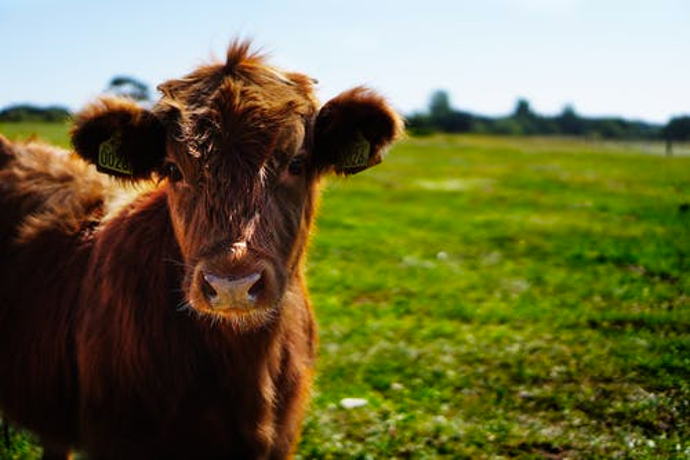Economic and environmental sustainability of heifer development strategies in pasture-based organic dairy systems

Dairy products constitute the second largest sector of the organic agriculture industry in the US. And dairy cow replacement costs are second only to feed costs in magnitude for the average dairy farm: between one-third and one-fourth of the entire herd is replaced every year. In order to maximize herd lifetime productivity (and thus sustainability), dairy heifers should be raised to approximately 60% of their mature body weight and bred by 15 months, in order to calve by their second birthday. This management challenge is not a simple one, even in conventional confinement-feeding programs. Given the National Organic Program requirement that ruminant animals be managed on pasture and graze daily throughout the grazing season, heifer development within organic systems is even more challenging, and more costly than in confinement systems. The primary objective of the current proposal is to innovate new strategies for organic forage-based dairy heifer development, and then to inspire widespread adoption of these practices for enhanced farm sustainability. The central hypothesis for the research arm of the proposal is that high energy grasses in combination with a high protein condensed tannin-containing legume will maximize growth, health, and reproductive characteristics in developing organic dairy heifers, along with improved nutrient cycling and economic sustainability. Ours is a truly “integrated” project, incorporating research, outreach, and educational components of crop science, animal science, environmental science and economics in order to make organic dairy heifer development a sustainable practice in every sense of the word.

